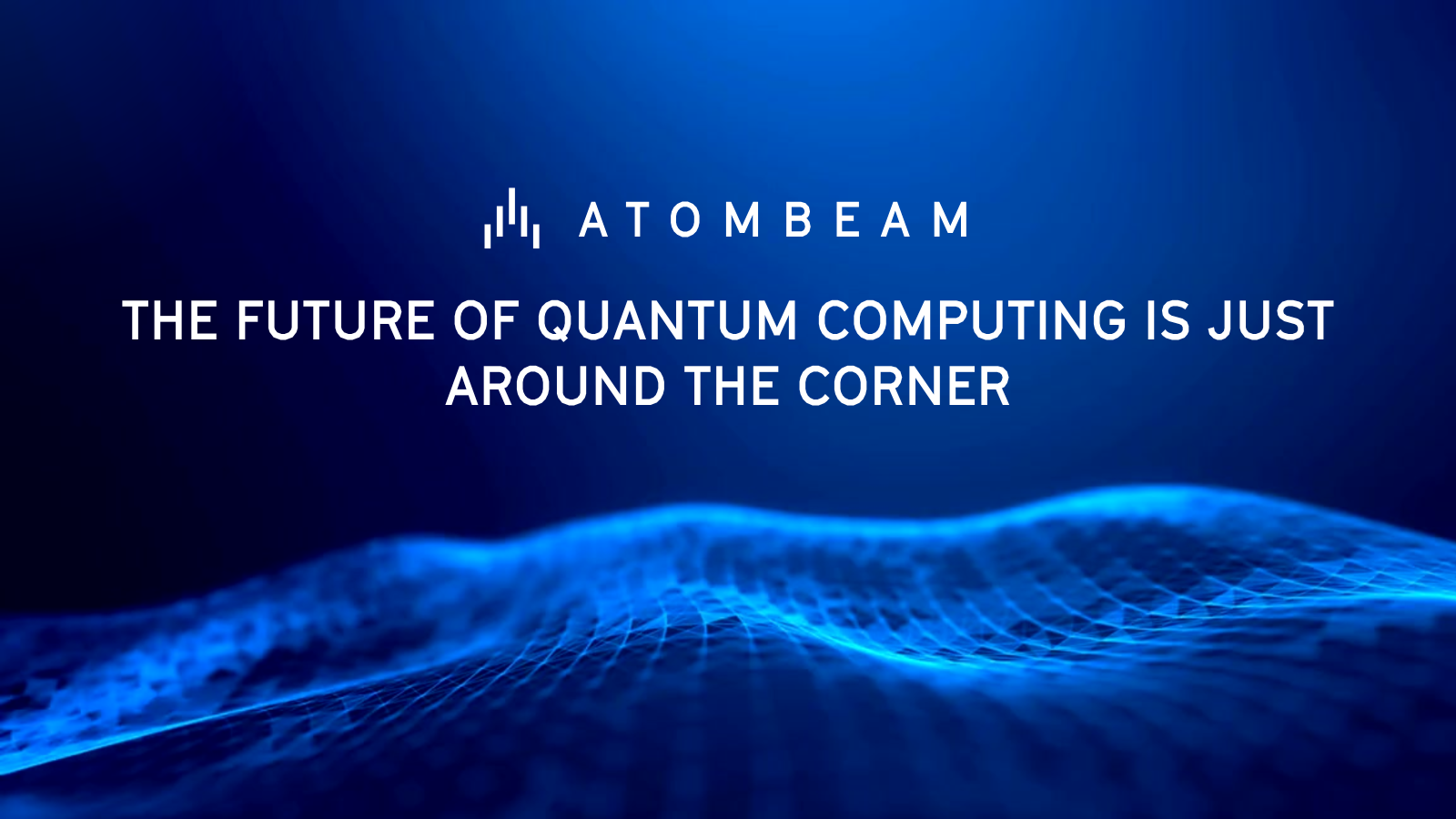Machine-generated and Internet of Things (IoT) data are the fastest growing categories of data. Machine-generated data is produced by automated processes, industrial equipment, and other mechanical sources, while IoT data is generated by a network of interconnected devices. Both types of data are integral to the functionality of modern technology.
A Variety of Data Sources
There are so many different possible uses of these technologies that it sets the mind ablaze just trying to think about the sheer amount of data being produced - and where it will all go. Just a few of the industries with immediate needs include:
- Automotive: Modern vehicles - especially those equipped with advanced driver-assistance systems - rely on numerous sensors and inputs to operate effectively. This data must be processed in real-time to ensure passenger safety, requiring sophisticated data management systems.
- Energy: There are many possible uses in the energy industry. One use is by remote oil rigs, where sensor readings are critical for monitoring and controlling operations. These readings are often transmitted via satellite to central locations for analysis and decision-making. The reliability and speed of these data transmissions are paramount in preventing accidents and ensuring efficient operations. That’s only one specific area of the industry as well. Any equipment connected to the production of energy needs to be monitored in real-time, all day long.
- Robotics: In warehouses and manufacturing facilities, robots use sensors and cameras to navigate and perform tasks autonomously. These robots generate significant data streams that must be processed in real-time to maintain operational efficiency and avoid collisions.
- Logistics: Sensors and monitors are essential to the further automation of the logistics and supply chain industry. Just think of the needs of medical shipments, for example. Monitoring the temperature of medications is crucial to ensure they remain effective when reaching their final destination. IoT devices track shipment conditions and send alerts if there are deviations, ensuring timely interventions and maintaining the integrity of the medication. Shipping perishable food is a similar situation, where the temperature must be monitored at all times; a third example would be high-value goods, which would produce security data that needed to be monitored on a regular basis.
But it’s not just operational or industrial equipment and technologies that produce massive amounts of data that need to be seen and analyzed in real-time. The growing use of Artificial Intelligence creates another massive - and growing - source of data. The deployment and use of Generative AI at scale requires the ability to handle immense data throughput. Systems must be robust enough to support the computational demands of AI algorithms, ensuring quick and accurate data processing. In addition, the usefulness of AI models and tools themselves depends on the amount and accuracy of data that they’re trained on, or fed on a regular basis. AI isn’t successful without the ability to access data quickly and efficiently.
Data Challenges
Regardless of the ultimate use, it is clear that data must be moved more efficiently, protected more effectively and stored less expensively in order for it to be useful.
That said, this explosion of information and data has created several issues. Existing wireless and satellite networks, data centers, and the pipes that connect them are quickly reaching their limits. As a result, companies’ efforts to fully utilize their information assets will be hindered because much of the data created will never be made available, unless there is a way for more of it to be transmitted back for analysis. Less data equals less accurate decision-making.
This exponential growth presents several key challenges:
- Efficiency: Efficient data transfer is critical in order for organizations to see and get value out of the data they produce. Technologies such as 5G and advanced satellite communications are being developed to handle these high data volumes, but ensuring low latency and high reliability remains a challenge.
- Security: The sensitivity of the data generated by these systems, especially in the healthcare and security industries, means robust data protection is a must. Encryption, secure transmission protocols, and stringent access controls are essential to safeguard this data from unauthorized access.
- Storage: Storing the massive amounts of data generated is also a significant challenge. Traditional solutions are cost-prohibitive at scale. Emerging technologies like edge computing and advancements in cloud storage may one day help, but the size of the data produced is greatly outpacing any of these solutions to date.
Atombeam’s Approach
This is why we invented our Data-as-Codewords technology. Our Neurpac product brings this technology to market to solve the data problems holding several industries back.
Neurpac consists of three core components - encoder, decoder, and trainer - pre-configured for seamless integration into the SaaS cloud. The encoder, functioning as an edge module, encodes the ingested data into codewords; the trainer learns from the data to create codewords, the foundation for data efficiency; and the decoder, a server module, decodes codewords back into its original data form without any losses.
A “trainer” uses advanced AI and machine learning to generate a codebook. The codebook is then installed on both ends of a communication link. When a new message is generated, Neurpac’s encoder uses its codebook to almost instantly replace the message content with codewords it finds in the codebook - the same information, but much smaller. A decoder at the destination restores the original data from the codewords it receives, in near real-time.
The result? Our Data-as-Codewords technology reduces the size of data being transferred by an average of 75%, and increases bandwidth by 4x, with zero added latency. Data transmission on edge devices like compute, routers, and gateways is transformed, enabling more sensors, more frequent data transmission, and significant communication cost reductions.
Want to know more? Check out this link for a detailed explanation of our technology and why it will revolutionize how data is transferred, stored, secured and used, and when you’re ready to see how Atombeam can help your organization specifically, book a demo here.









